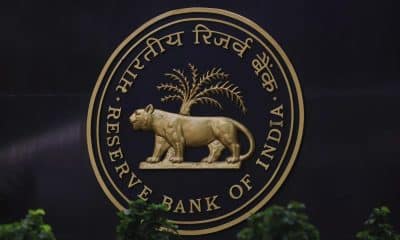Business
Need for effective communication strategy to manage expectations: RBI Guv
Reserve Bank Governor Shaktikanta Das on Friday underlined the need for an effective communication strategy at the central banks, stressing that “monetary policy is an art of managing expectations”.
The conduct of monetary policy has undergone notable changes in India and across the world as economies and markets evolved and policymakers gained greater insights into how economic agents interact in a complex economic system, he said while delivering a lecture at the National Defence College here.
Also read: M&M signs pact with IIT Madras-incubated entity to launch campers in India
“As monetary policy is an art of managing expectations, central banks have to make continual efforts to shape and anchor market expectations, not just through pronouncements and actions but also through a constant refinement of their communication strategies to ensure the desired societal outcomes,” he said. The communication works both ways while too much communication can confuse the market, too little may keep it guessing about the central bank’s policy intent, he added.
The Reserve Bank of India has actively used communication through a variety of tools the MPC resolutions and minutes, exhaustive post-policy statements together with a statement on developmental and regulatory measures, press conferences, speeches and other publications, especially the biannual Monetary Policy Report (MPR) – to anchor expectations, Das said.
The governor informed that price stability under the statute has been defined numerically by a target of 4 per cent for headline Consumer Price Index (CPI) with a tolerance band of +/- 2 per cent around it. The flexibility in the FIT (flexible-inflation targeting) regime comes from provisions to accommodate or see-through transitory supply-side shocks to inflation.
Failure to meet the monetary policy objective is defined in terms of average headline CPI inflation remaining lower or higher than the 2 to 6 per cent band for three consecutive quarters, rather than any instance where inflation exceeds/falls below the target. This helps monetary policy to avoid undue volatility in rate-setting behaviour that may adversely impact growth,” he said.
“The clearly defined inflation target and the band, the setting up of the MPC, the explicit accountability mechanisms for defining failure in meeting the target, the detailed resolution and the quick release of individual assessments in the minutes have strengthened transparency and credibility of monetary policy formulation in India,” Das said.










































Pingback: Foreign investment in Indian real estate jumps 3-fold to USD 23.9 bn during 2017-21: Report